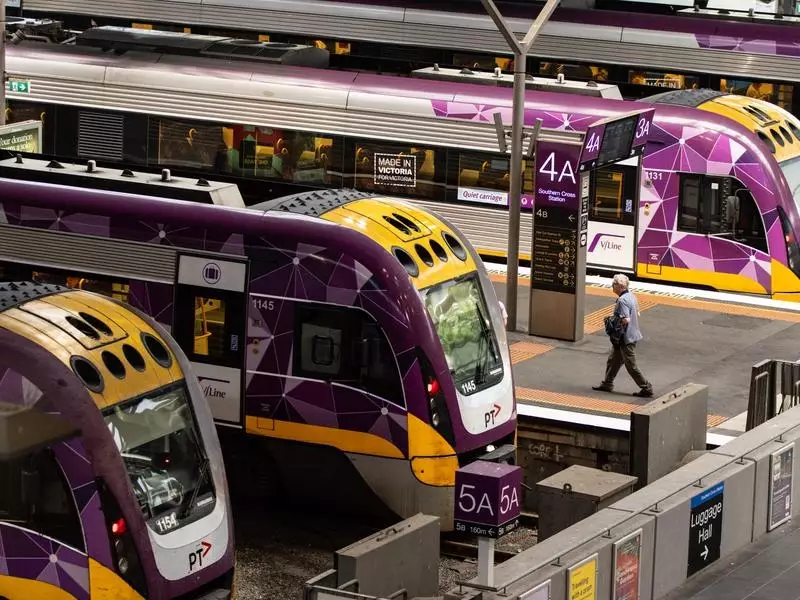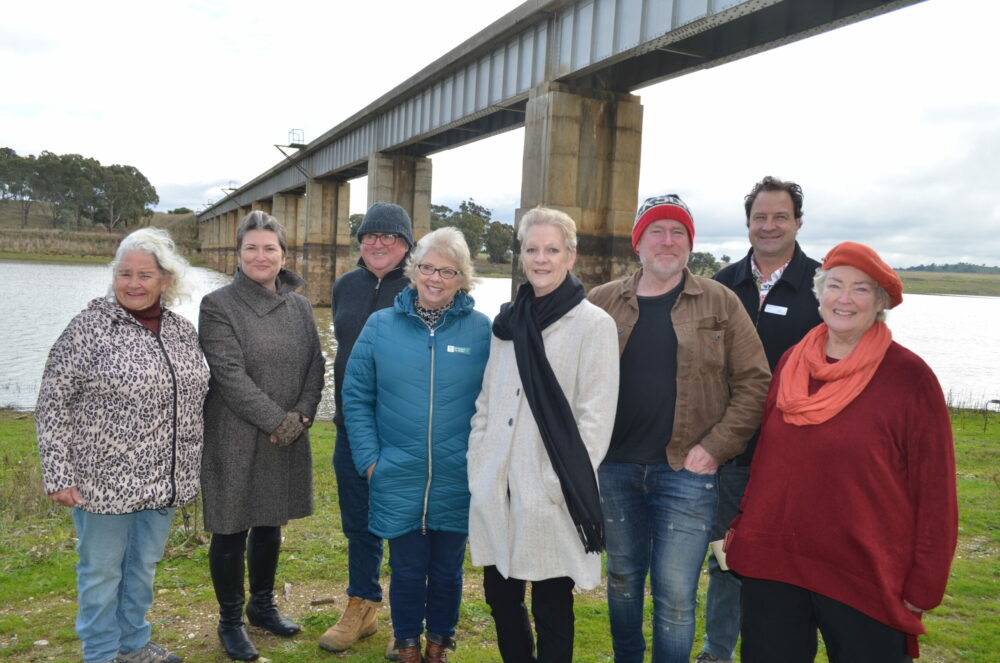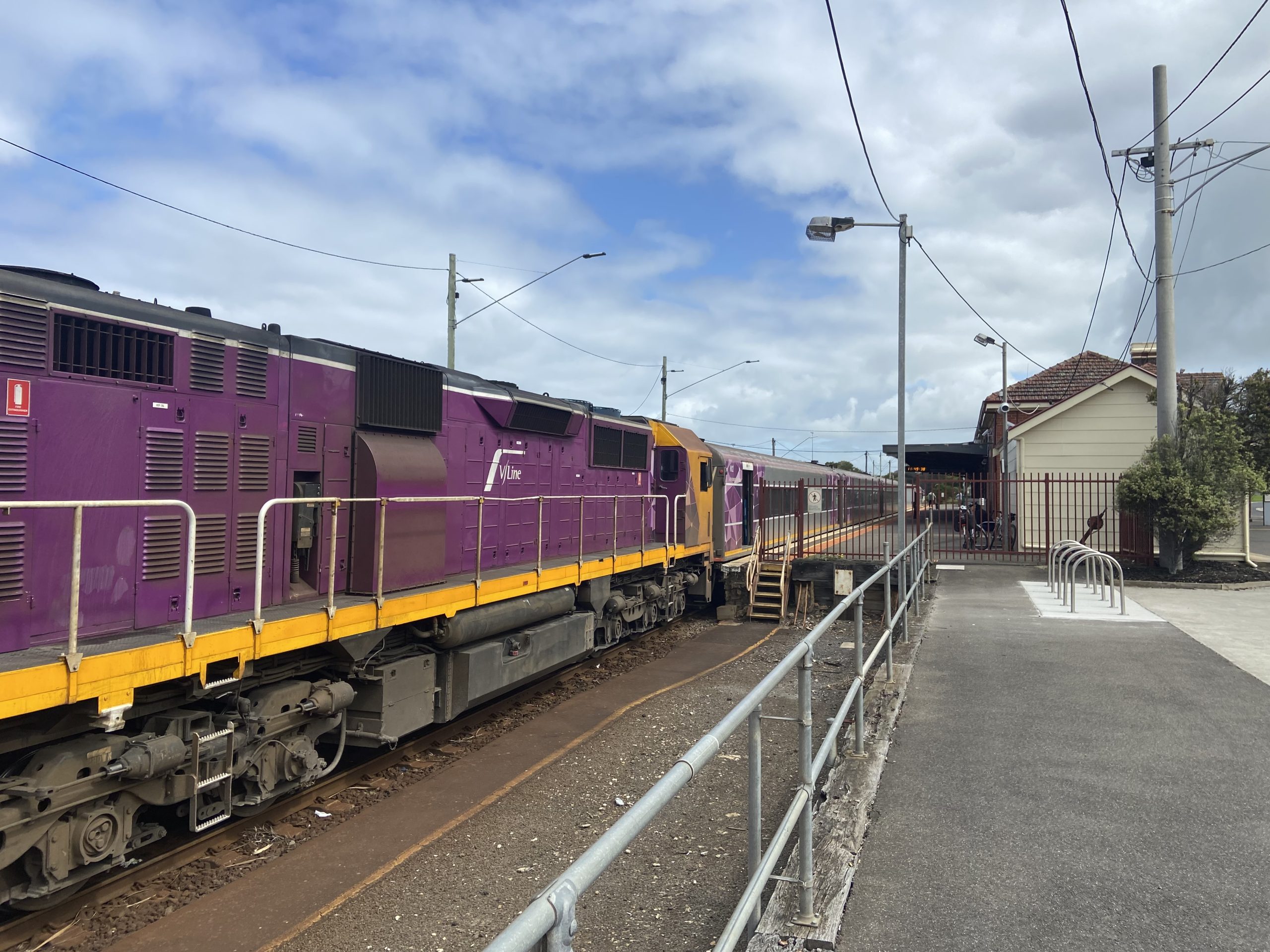The air quality at Southern Cross Railway Station in Melbourne can be poor due to several factors:
1. Diesel Train Emissions
Southern Cross is a major hub for V/Line and other regional services, which are mostly diesel-powered. Diesel engines release:
- Particulate matter (PM2.5 & PM10) – Can cause respiratory issues.
- Nitrogen oxides (NOx) – Contributes to smog and respiratory problems.
- Carbon monoxide (CO) & Volatile Organic Compounds (VOCs) – Harmful to health, especially in enclosed spaces.
2. Poor Ventilation in the Covered Station
Southern Cross has a partially enclosed roof, designed for weather protection but not ideal for air circulation. Diesel fumes can linger under the roof, especially when wind conditions are poor.
3. Idling Trains
Many diesel trains idle at platforms while waiting for departure, leading to prolonged emissions. This is a significant issue during peak times when multiple trains are present.
4. Bus and Road Traffic Nearby
The station is adjacent to busy roads and bus terminals, adding to air pollution from vehicle emissions.
5. Lack of Electrification
Unlike Metro Trains Melbourne, which runs electric trains, V/Line services remain mostly diesel-powered. The lack of electrification means continued reliance on polluting engines.
Potential Solutions
- Electrifying V/Line services (at least on high-traffic routes).
- Better ventilation or air filtration systems at the station.
- Reducing train idling times to limit unnecessary emissions.
- Cleaner fuel alternatives like hybrid or hydrogen-powered trains.



